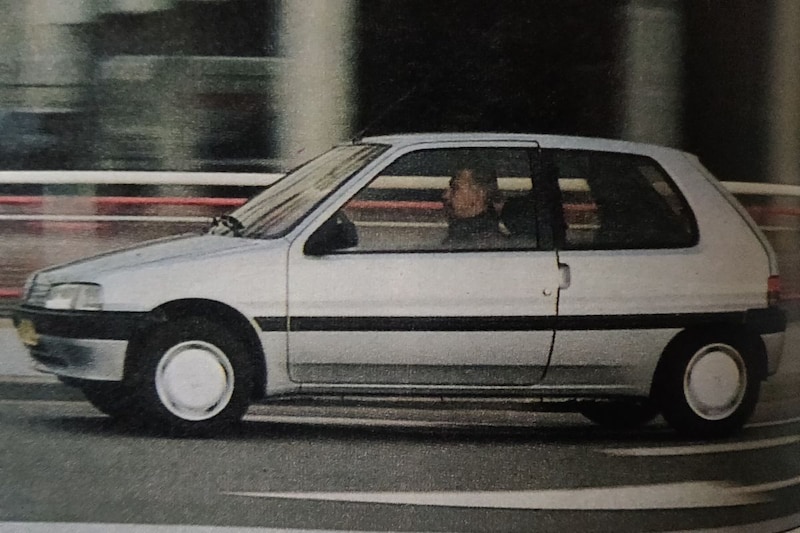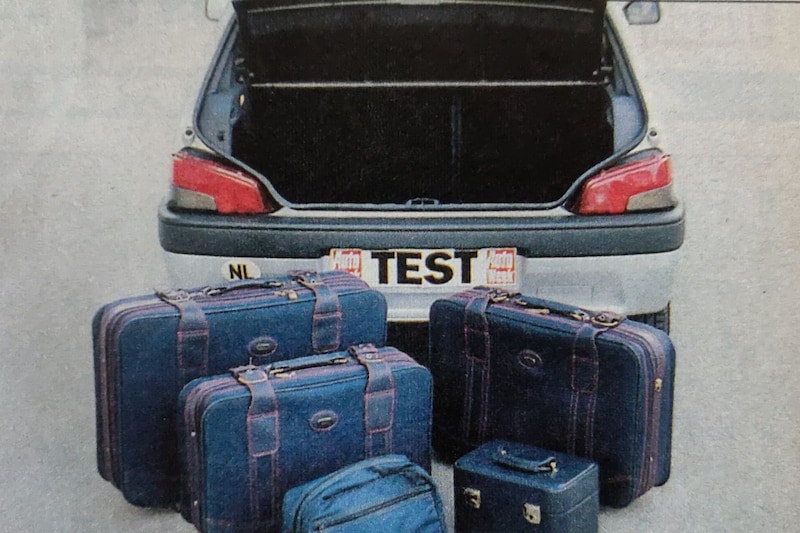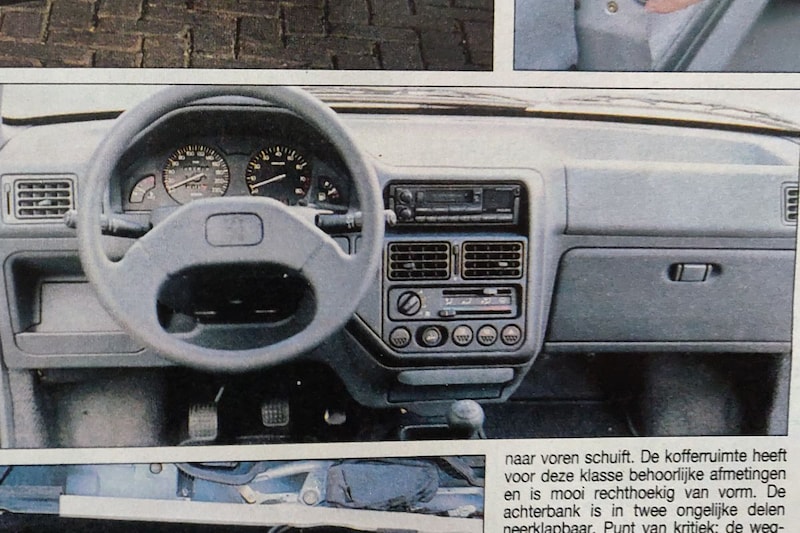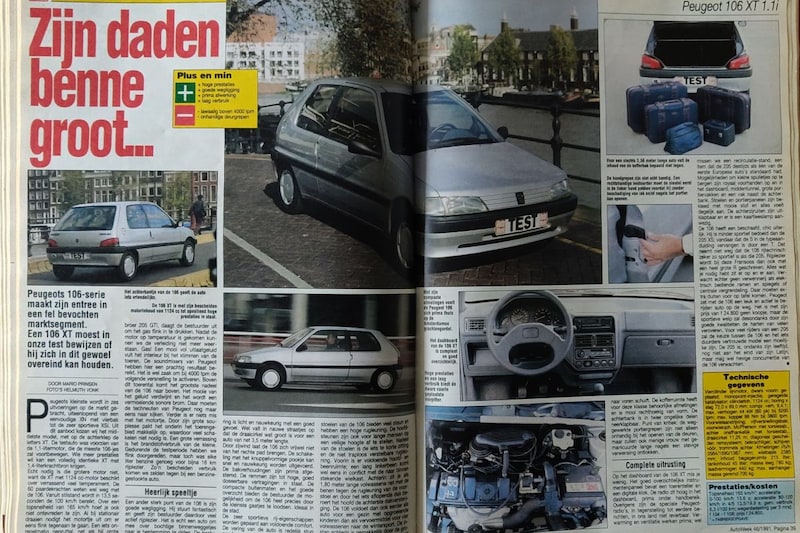In 1991 we became acquainted with a new little one from Peugeot: the 106. It seemed ready to eat quite a bit of cheese from the now aging 205, because the first impression was very good.
Peugeot presented a model in the 100 series for the first time in almost 20 years in September 1991: the 106. The 205 had taken over from the 104 almost a decade earlier and now Peugeot came back with a slightly lower one. placed model. That immediately raised some questions, because how should the brand continue with the 205? A first driving test was supposed to clarify the differences between the two.
What was immediately a clear difference was the size of the newcomer. The 106 had a 3.5 cm shorter wheelbase and was about 14 cm shorter. It was a bit wider (almost 3 cm). All in all, the 106 looked a bit more compact, although the extra width ensured that the newcomer was not a flimsy cart compared to its older brother. Anyone who took it on the road would notice that the 106 had a sportier character than the 205 in terms of handling. Where the 205 let its body move a bit more when it got twisty, the 106 lay more like a kart on the road. He was therefore a bit stiffer. That did not make the 106 uncomfortable, but contributed to the fact that the 106 also felt a bit more compact.

Peugeot 106
Our first kilometers in the 106, however, were mainly focused on discovering what you got with a 106 and not so much on comparing it one-on-one with the 205. What the 106 excelled in anyway was the road holding. We called it ‘very sporty’ in 1991. Note: we were on the road with the 1.1, not yet with the 1.4 that made the 106 really smooth. “The larger engine is not really necessary, because the XT with 1,124 cc engine has a surprising amount of temperament. The 60 horsepower knows its way around with the 106. From a standstill, 100 km/h is reached in 13.5 seconds. A slightly irregular “A bubbling, just like with its big brother 205 GTI, challenges the driver to press the gas hard. A nice full exhaust sound fills the interior when the revs climb. The sound mixers from Peugeot have achieved a wonderful result here.” In a sense, we also found the latter to be a drawback of the 106: the TU block could become a bit too noisy if you didn’t upshift in time.
However, we found a real setback on the outside of the 106: the special recessed door handles. Of course it looked nice, but in practice we did not find it very useful: “A right-handed driver must first take the key in his left hand before he can open the door without damaging the paint and/or nails.” Once aboard the 106, a simple but well thought-out dashboard fortunately made up for it. Although it looked more modern than the 205, it was of a comparably simple cut, while the 106 was obviously a bit newer. This again made it clear that the 106 should not serve as a direct successor to the 205. It also lacked a recirculation mode, something that the 205 did have. The seating space in the back was also not really for people of 1.80 or taller, although that should not come as a big surprise in this segment. Whoever opened the tailgate found out that there was quite a bit of space there. A fairly straight loading area with a low sill made it perfectly possible to use the 106 as a pack mule.
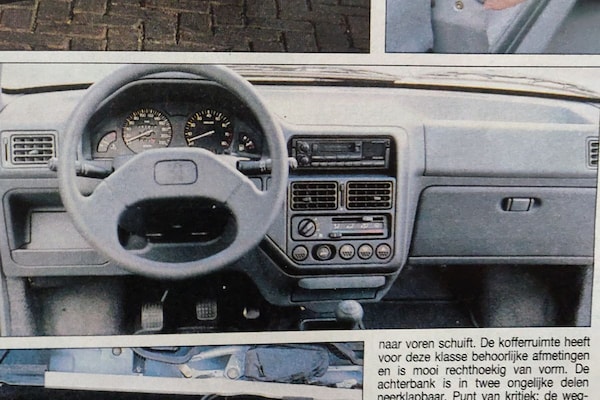
Peugeot 106
All in all, we concluded: “Peugeot is putting a fun and active car to drive on the road with the 106. With its price of fl. 24,800, it is no bargain, but the sporty cub will nevertheless win the hearts of many thanks to its many good qualities. For many riders of a 205, the choice between the 106 and the slightly more expensive trusted model will be a difficult one.”
– Thanks for information from Autoweek.nl


